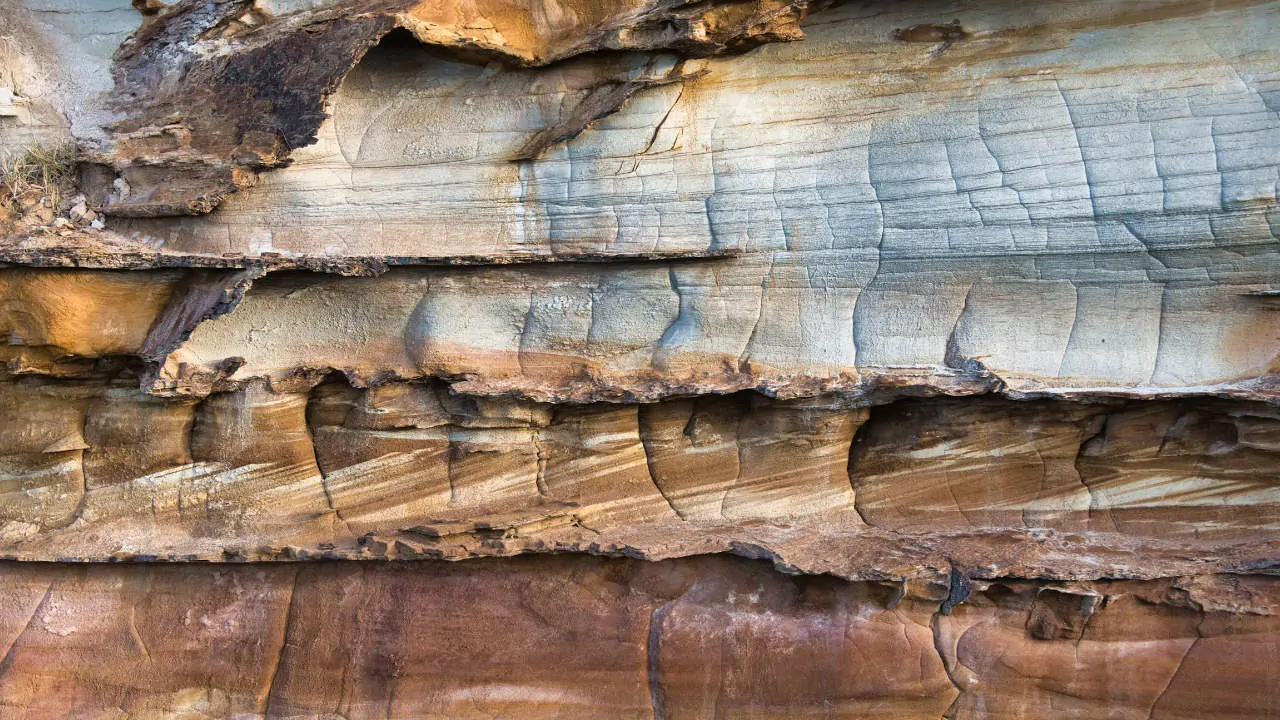Have you ever wondered why nearly all fossils are found in sedimentary rocks? It’s not just a coincidence, but there’s a scientific reason behind it, and understanding this can unlock a fascinating view into Earth’s ancient past.
Sedimentary rocks, such as limestone, shale, and sandstone, are formed from layers of sediment like sand, silt, and clay. These sediments often settle in rivers, lakes, and oceans, creating the perfect environment to trap and preserve the remains of plants and animals over time.
When an organism dies, it may get buried quickly under layers of sediment. Over thousands or even millions of years, these layers harden into rock, and the buried remains slowly turn into fossils.
Unlike igneous or metamorphic rocks, which are formed under intense heat and pressure, sedimentary rocks form at relatively low temperatures. This gentle process helps preserve the fine details of bones, shells, and even imprints like footprints or leaves.
If you’re interested in fossil hunting, looking in areas with exposed sedimentary rock layers can increase your chances of success. Regions that were once ancient seabeds or riverbeds are especially rich in fossil findings.
Understanding why fossils are found in sedimentary rocks gives us clues about Earth’s history, prehistoric life, and how our planet evolved over time. So next time you see layers of rock in a cliff or canyon, please remember that, they might just be pages from the Earth’s very own history book.
